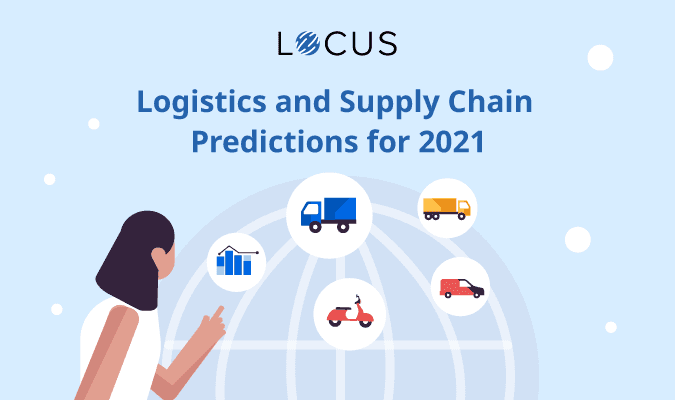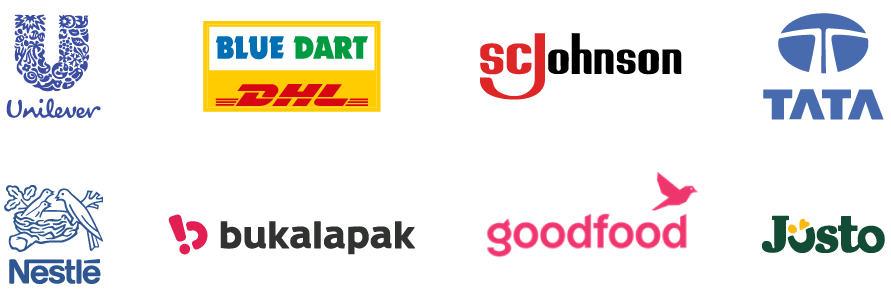As business landscapes and market trends change rapidly and dynamically, supply chain enterprises are adopting flexible strategies in order to remain competitive and fulfill customer expectations. “Agility” means “readiness to change”. From a business perspective, it is defined as a strategy that is more responsive in a volatile marketplace, where operations are totally demand-driven.
Agile logistics strategies or Agile supply chains are designed to ensure responsiveness, competency, flexibility, and quickness to manage the constant dynamics in the market. The fundamental drivers of an agile supply chain are speed, cost, and efficiency.
Enterprises are using technological advancements in Artificial Intelligence, Internet of Things, and Data Science to their advantage to minimize operating costs, tap valuable market information and insights for improved decision making, and achieve overall efficiencies throughout the supply chain journey.
Overcoming real-world constraints With the help of logistics tech, businesses can have greater control over real-world constraints such as traffic congestions, last-minute order updates, address detection, rider inefficiencies or vehicle breakdowns, etc., and plan logistics operations better.
Bringing in supply chain visibility The biggest challenge in supply chain businesses is a lack of visibility across an order journey. Visibility tools can help logistics managers track and monitor distribution and delivery operations closely, ensure adherence to SLAs and improve workforce productivity.
Arriving at data-driven logistics decisions Data is the biggest asset for businesses in order to catch up with changing market trends, customer demands, and competitor tactics. Data analysis and insights provided by historical logistics information help businesses plan logistics operations better and make well-informed long-term decisions.



How can Locus help manage your logistics?
Join Industry Leaders:


